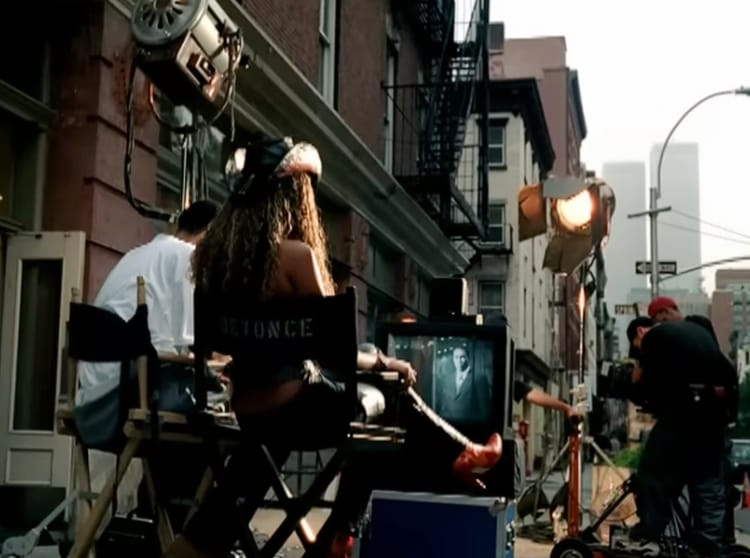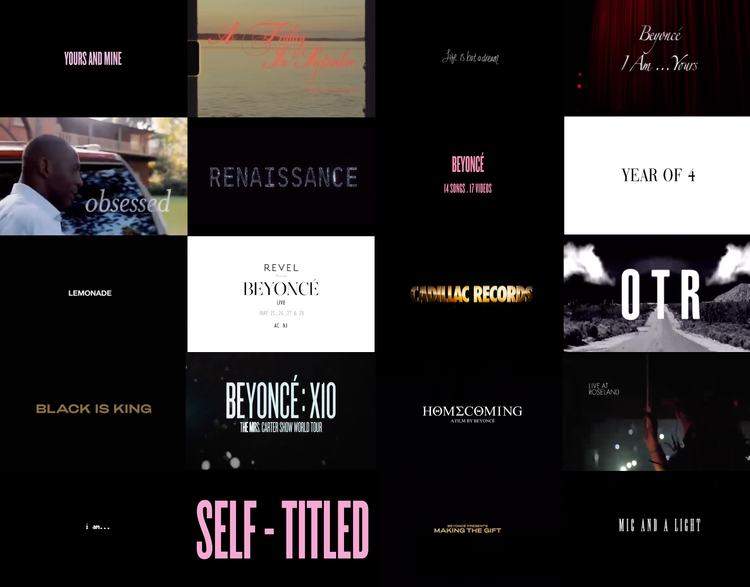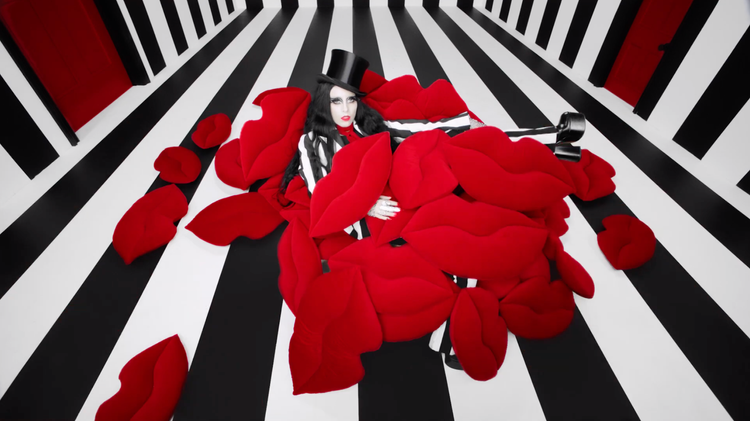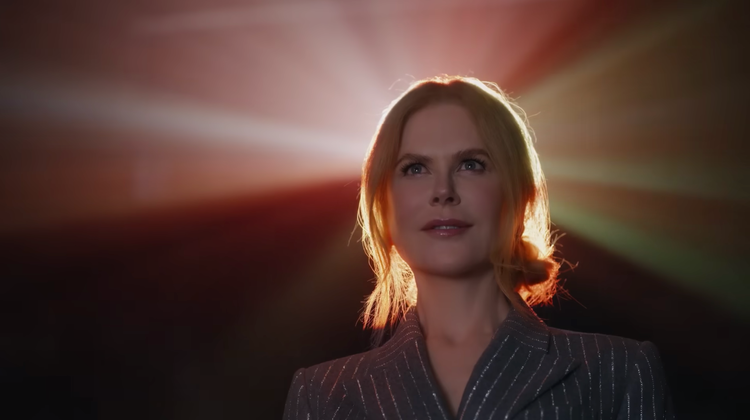The Pop Diva in Isolation
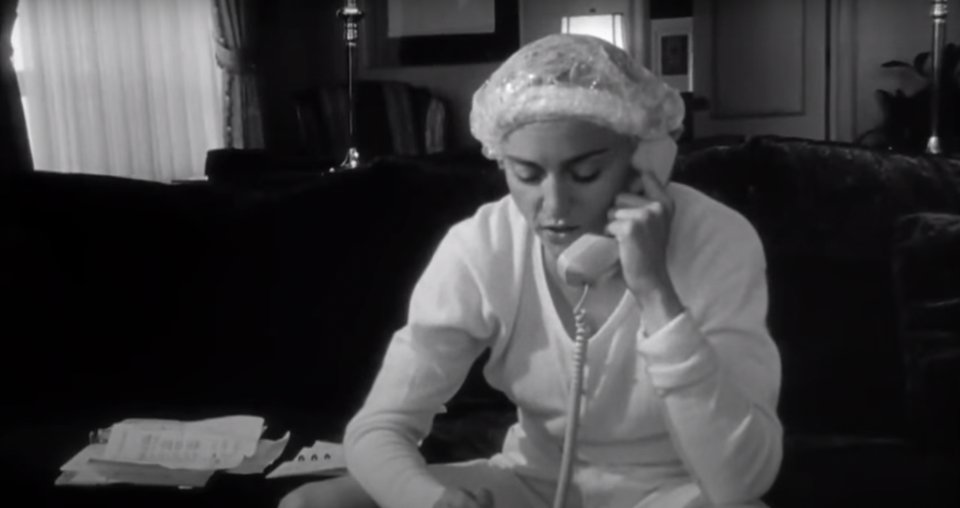
This letter was inspired by the lovely Millicent Thomas, a fellow fan of showbiz docs who expressed an interest a while back in reading something about Gaga: Five Foot Two (2017), Chris Moukarbel’s portrait of Lady Gaga during her divisive Joanne (2016) era. I love the film, not just because I’m a fan of Gaga’s but because it’s also quite good—and relatable, at least to an extent, if you’re someone who lives with chronic illness or disability. I’ll be using Millicent’s request as an excuse to flesh out an idea that’s been bouncing around in my head since January, and it’s admittedly only partly about Five Foot Two (hope that’s okay).
January is when I, like many people, first watched Lana Wilson’s Miss Americana (2020). My relationship to Taylor Swift has long been complicated, and so on a subconscious level, that’s probably why I read every review of the film to come out of Sundance and streamed it as soon as it was available on Netflix. The bigger reason, however—and this is a bit of review from last time—is that pop star documentaries are a research interest of mine. I actually wrote two out of six seminar papers this past year on Beyoncé’s filmography—the first about her “crazy archive” and the role that it seems to be playing in her films, and the second about their messaging with respect to labour and self-making.
In all, Beyoncé has directed not one, not two, but at least 12 films over the last decade or so (and produced many more). I don’t have a conclusive number because there’s no official list anywhere, but I recently had to make an unofficial list for one of those seminar papers and confirmed that there are (again, at least) a dozen Parkwood Entertainment films where she’s credited as a director. (My list doesn’t include music videos, which would almost triple this number.) Some are shorts, some are features, and the vast majority have been docs (or some hybrid involving doc footage, like Lemonade [2016] or Homecoming: A Film By Beyoncé [2019]). People are quick to recognize Beyoncé as an important player in the music video world, but they’re for some reason a lot more reluctant to call her a filmmaker—this despite the fact that she’s made a point of highlighting her authorship of her work in recent years (“A Film By Beyoncé”), perfected a pretty recognizable visual style (eg. Instagram-like filters, an unstable aspect ratio, lots of home video footage), at times been the one in the editing room on Final Cut Pro, and operated almost entirely out of a production house (Parkwood) that she founded to be able to do all of these things.
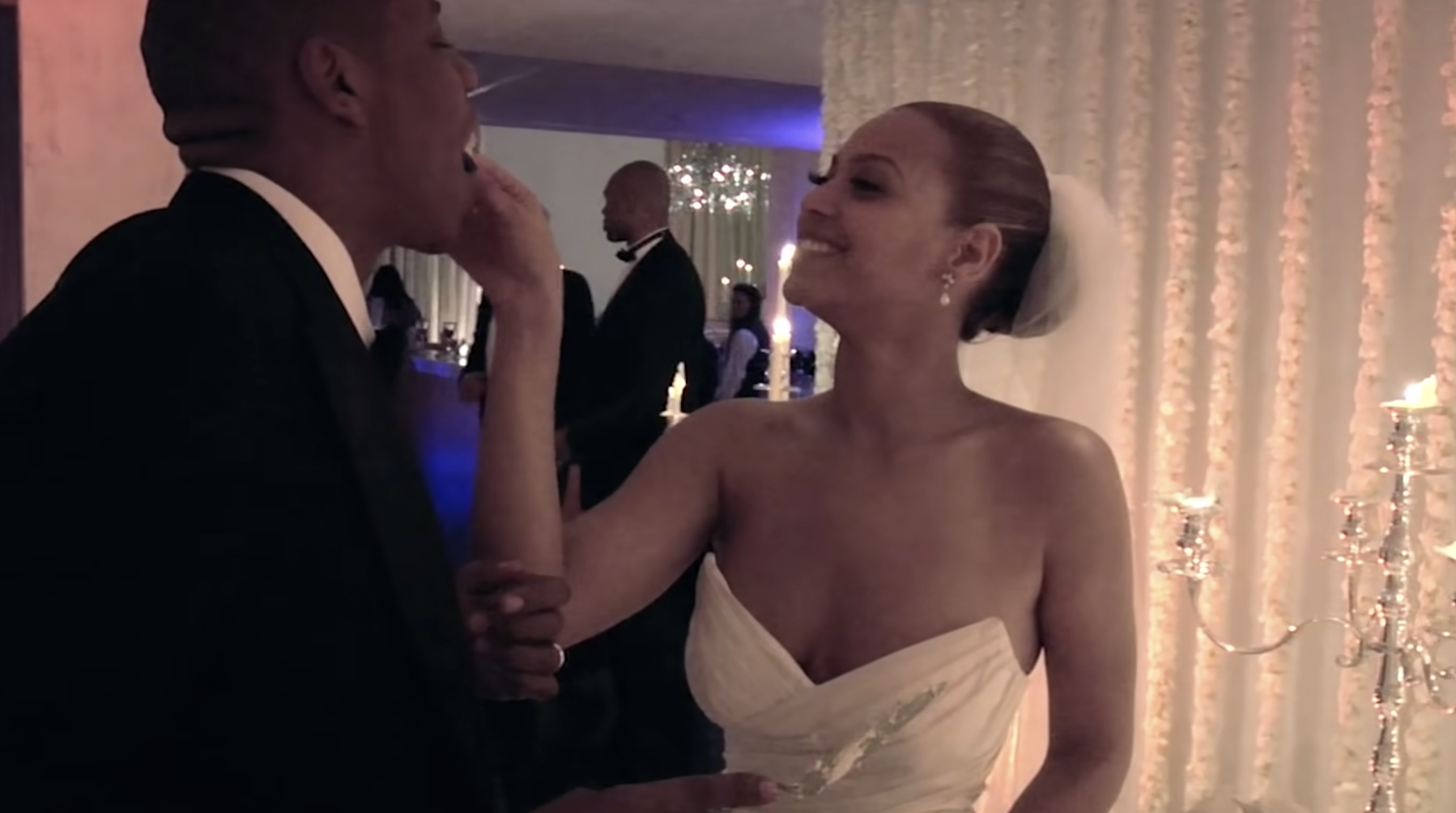
To come back to Miss Americana, however, some of the writing about the film has been very good, but a lot of it has been frustrating—from the unnecessary digs at pop stars and those who pay attention to them, to the factual errors (like that Beyoncé, who came up in quite a few reviews, “participated in” Homecoming rather than having co-directed it), to a more general vibe that many people don’t understand what films like Miss Americana are for. Pop stars don’t make films for the same reason that, say, Michael Moore makes films. Which isn’t to trivialize the former group or their work in any way—that’s not my thing—but to say that films like Miss Americana and Five Foot Two tend to serve more of a branding function than they do a speaking-truth-to-power one. That doesn’t mean that they can’t be concerned with politics, just that there are unique incentives and deterrents as far as being political goes.
There’s typically an official reason why each of these films has been made. Madonna: Truth or Dare (1991) and Katy Perry: Part of Me (2012) are officially about particular tours, Five Foot Two is about a particular album, and Beyoncé: Life Is But a Dream (2013) and Miss Americana are about the life experiences that led to their respective stars’ feminist awakenings. But these films also strategically reveal info about the star in question, often in the interest of guiding or rehabilitating a certain narrative, that will ideally benefit their brand going forward. The “x things we learned” listicles published in response to Homecoming, for instance, were generally less about Beyoncé’s two-hour Coachella performance itself than what she did, said, wore, and ate during rehearsals—things that she also wanted us to know and remember with respect to the performance. The strategic reveal motive in these films is usually left unsaid, but there’s the odd exception. Britney: For the Record (2008), for example, was named for Britney’s desire to, well, set the record straight (note the year of the film’s release).
So, with all of this in mind, to argue merely that Miss Americana is actually super contrived, guys—the thesis of many critics’ reviews—isn’t all that groundbreaking, if 100% true. The best writing about it, at least in my opinion, has taken that fact as a given and gotten right into discussing how its individual revelations—that Taylor has struggled with disordered eating, that she thought she was the one being booed at the 2009 VMAs, that she puts ice cubes in her white wine—might impact Taylor Swift the myth. It’s very much a “true things are true at once” situation. She’s extraordinarily brave for sharing the painful experiences that come up in Miss Americana. At the same time—concurrently, not mutually exclusive to this next part—they were tucked away until she could share them on her own terms, and perhaps when public sympathy for her was in shorter supply than ever. They were consciously withheld from the public until it was more valuable to no longer withhold them.
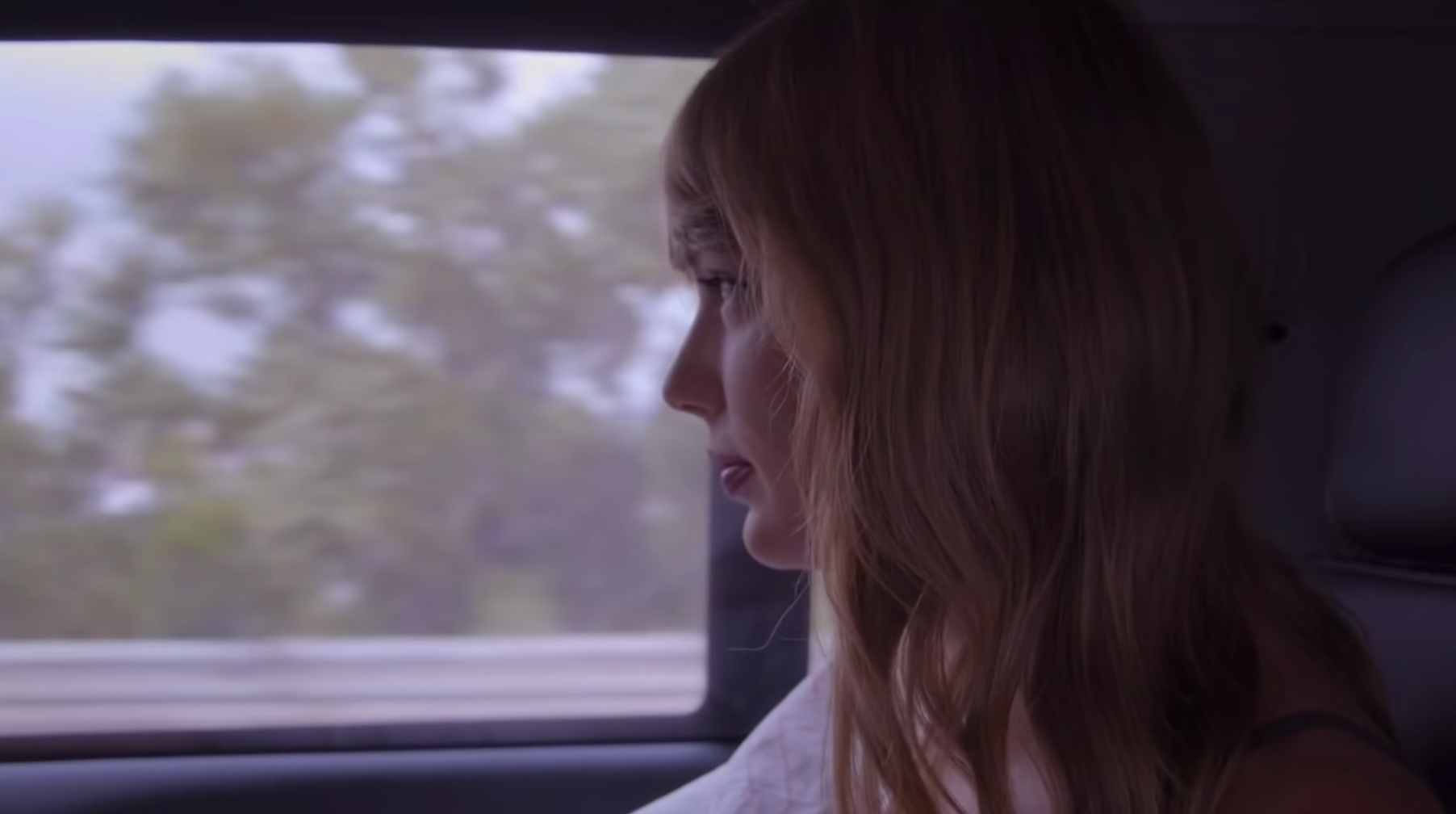
To be sure, this is true of all of these films. Part of Me indicates that Russell Brand rarely, if ever, travelled to see then-wife Katy Perry while she was on her California Dreams Tour, and that he ultimately informed her of his divorce filing over text—both important clarifications if you’re a woman in the public eye who’s sure to be side-eyed for a 14-month marriage. Life Is But a Dream reveals that Beyoncé suffered a miscarriage prior to her pregnancy with Blue Ivy—again, a brave and powerful revelation, but one that’s revealed directly before addressing the strange rumour that she didn’t really carry Blue. Put differently, it’s weaponized to stress that the rumour was particularly hurtful coming on the heels of the miscarriage.
In a similar spirit, these films drop inconvenient or unflattering info that doesn’t suit a desired narrative. In Life Is But a Dream, Beyoncé’s decision to fire her father as her manager is framed as one made in the interest of her needing work-life boundaries. That may have been partly true, but the film leaves out the fact that Mathew Knowles was likely stealing money from her as her manager, not to mention cheating on her mother and fathering children with other women. All of this, plus the divorce that ensued, is totally omitted, and Beyoncé has only ever alluded to it since. “It was a stressful, sad, difficult time, but I had to let go” is the closest she comes to addressing all of this in the film. An easier example is the scene in Miss Americana when Taylor’s publicist calls to let her know that Reputation (2017) wasn’t nominated in any of the major Grammy categories. Taylor’s a good sport about it, but she’s obviously crushed: “I just need to make a better record.” Her publicist offers to call back when the remainder of the nominations have been announced. Taylor says yes, but the scene ends there, so we never see that she actually was nominated for a Grammy that year.
To recap, these films have goals, which involves carefully selecting, ordering, and omitting certain bits of info. They also tend to work. I didn’t care much for Joanne until I saw Five Foot Two, at which point the album entered my regular rotation. The film is an especially interesting example because there was an effort made as it was coming out to make Gaga seem removed from and/or somewhat indifferent to the project (as opposed to the Beyoncé approach, in which one emphasizes their authorial role). The big headline following Five Foot Two’s TIFF press conference was that Gaga hadn’t seen it yet, and she and Moukarbel told the same crowd that she hadn’t been all that enthusiastic about the idea at the beginning: “This film is not my vision, it’s Chris’s vision.” But she obviously not only came around in the end but made the best of the opportunity. Why else would she speak directly to the camera to address her so-called feud with Madonna?
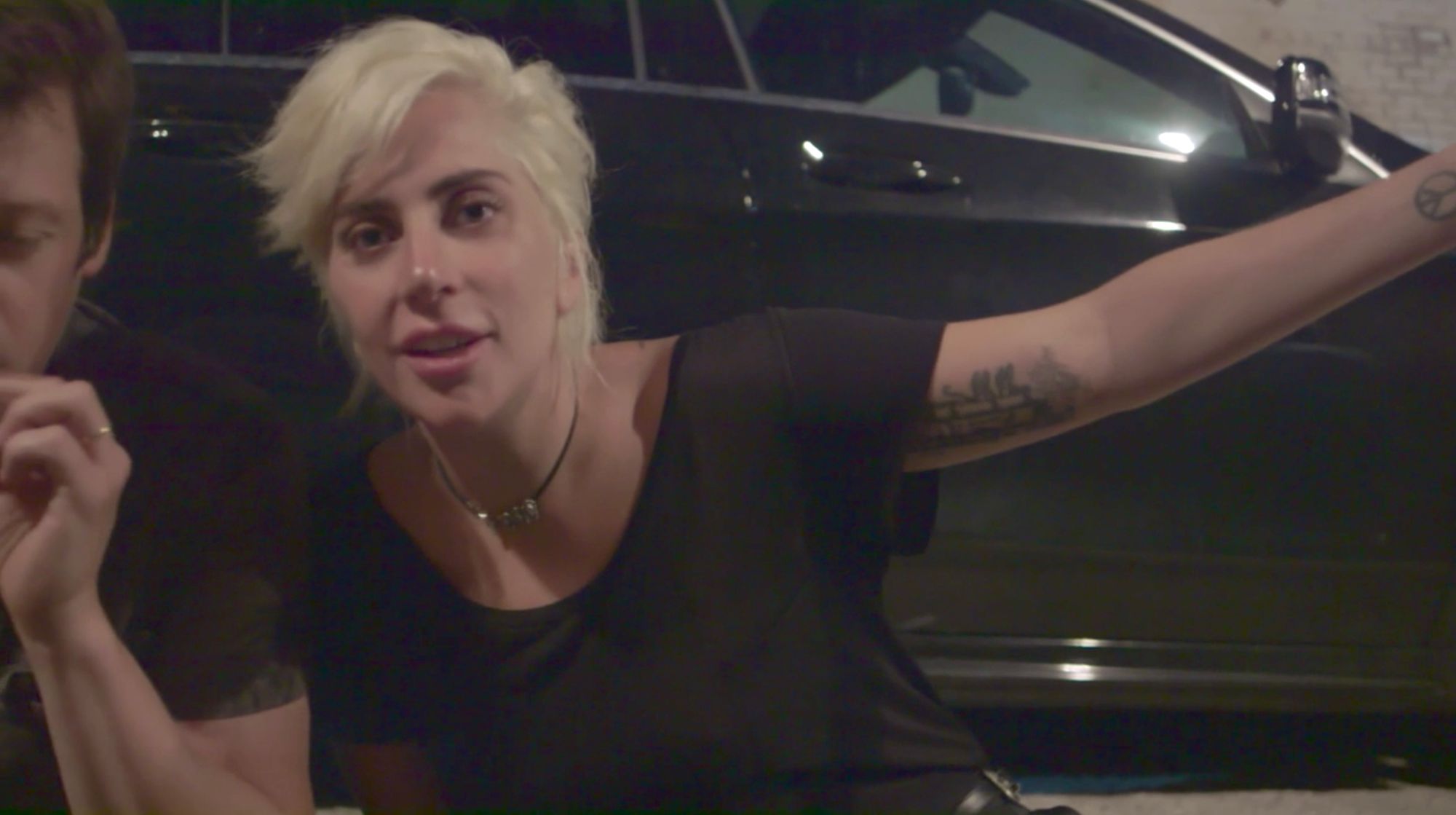
But anyway, after seeing Miss Americana, I was prompted to watch or re-watch all of these docs. In addition to the seven that I’ve mentioned, there was also Beyoncé: For the Record (2009), Nicki Minaj: My Time Now (2010), Nicki Minaj: My Time Again (2015), and I Am Britney Jean (2013). By default of doing my thesis research, I also happened to watch Jonas Åkerlund’s I’m Going to Tell You a Secret (2005) and The 1989 World Tour Live (2015), two concert-doc hybrids about Madonna and Taylor, respectively. There were others that I also could’ve checked out, but I figured that 13 was sufficient.
As the credits rolled on Miss Americana, I remember standing in the doorway of my boyfriend’s office (like this) and asking something along the lines of, “Have you noticed that the pop ladies are all very lonely?” I don’t remember what he said back, just that this happened more than a month before the Friday the 13th in March that my university cancelled the remainder of in-person classes. The question that I’d posed, in other words, has taken on new weight in light of the pandemic, specifically the social distancing part of the pandemic. There’s been quite a bit of talk (and some great writing) about loneliness recently, and I’ve all the while been making my way through this list of films about people who, by way of their atypical careers, spend a lot of time in some kind of seclusion. Which is not to equate Taylor’s self-imposed isolation after the Kimye blow-up with anything happening this year, but rather deem these films interesting for what they have to say about people who’re used to being and feeling alone. And if we’re talking about these films having goals, then one of Miss Americana’s seems to have been to emphasize Taylor’s loneliness. When lockdown was suddenly a universal thing, there were tweets joking that “Nobody physically saw me for a year”—something that Taylor says in the film—was now relatable. “I felt really alone,” she adds. “I felt really bitter, […] like a wounded animal lashing out.”
Though the specifics are different, Five Foot Two is also very much about loneliness. It was filmed as Gaga’s engagement to Taylor Kinney was falling apart, and as Sonja Durham, her close friend and colleague, was dying of cancer. Out of all the docs I’ve mentioned, Five Foot Two is the only one whose star explicitly and repeatedly vocalizes how lonely they are throughout. There’s also a sort of isolation that comes across in Gaga’s recording and releasing an album whose concept only she seemed to fully get. Scenes of her explaining Joanne and sharing bits of it with others—even with her own grandmother (real-life Joanne’s mother)—feel awkward, like she’s involuntarily alone in her emotional attachment to the project. There’s also the issue of having a job where you’re constantly swarmed by people you don’t actually know. “I’m alone, Brandon, every night,” Gaga tearfully tells her friend and stylist. “And all these people will leave. Right? They will leave. And then I’ll be alone. And I go from everyone touching me all day, and talking at me all day, to total silence.” Five Foot Two and Miss Americana actually have interchangeable sequences in which Gaga and Taylor move from the chaos of screaming fans to the quiet inside a car.
But loneliness also comes through in these films even when conveying it doesn’t seem to have been the original goal. Katy Perry’s divorce wasn’t part of the equation when production on Part of Me began, which we know because Russell Brand is there backstage with her. But it ultimately became the film’s main conflict for Katy to overcome, not to mention the inciting incident for its most famous scene, in which Katy struggles to get to the stage because she’s an emotional wreck. Until then, she’s physically separated from her husband, regularly flying overseas while on a world tour to see him because he won’t come and see her.
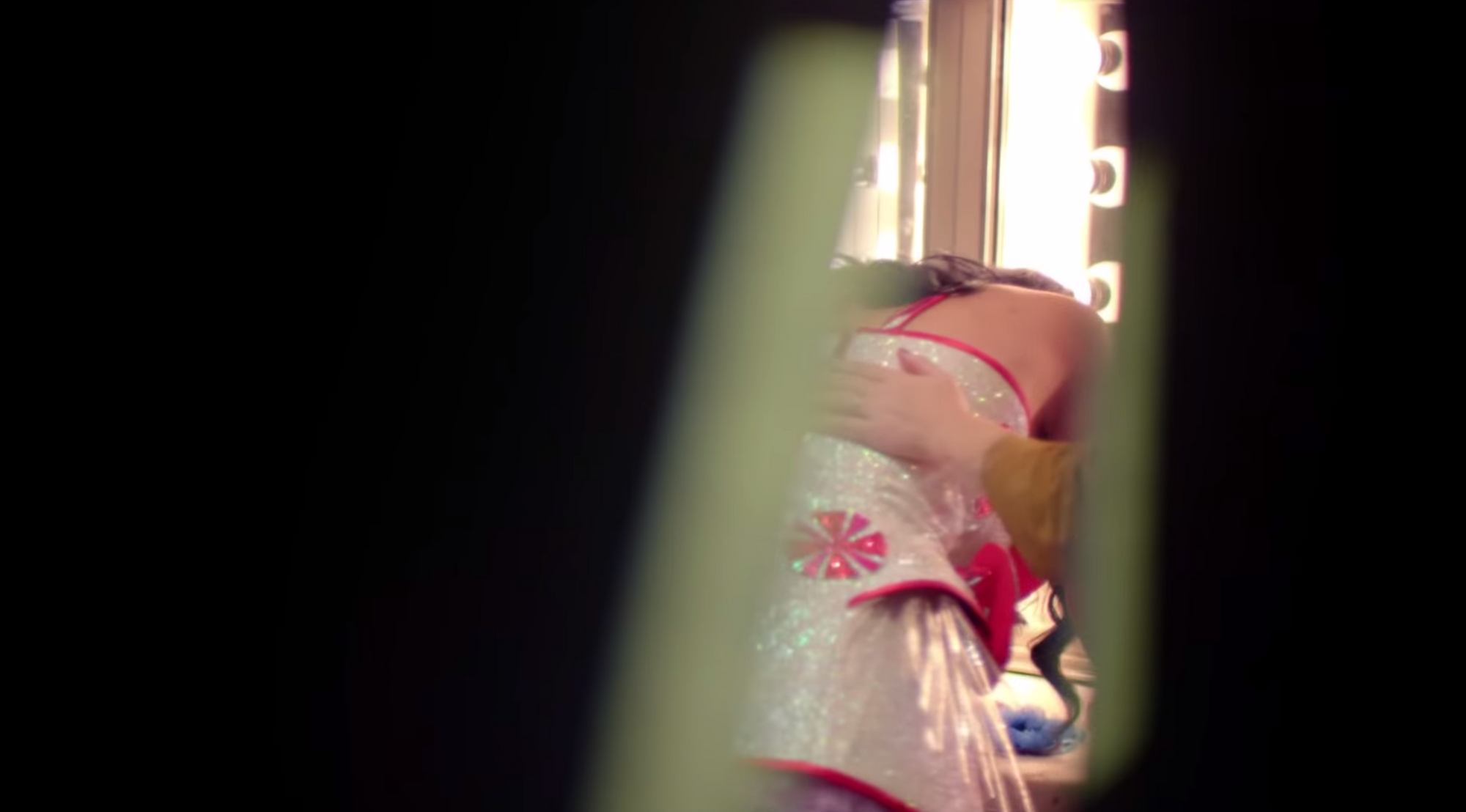
Similarly, there have been two feature-length docs about Madonna, and both underscore how often she’s been—or, at the very least, felt—alone during some of her peaks. In Truth or Dare, she’s travelling the world on her Blond Ambition World Tour. And though her Like a Prayer (1989) era remains one of her most successful, there’s an undercurrent of loneliness that runs through the film. Keith Haring had recently been added to the growing list of friends that Madonna was losing to AIDS. Celebrities come backstage to meet her simply because she’s also a celebrity, which she finds awkward. Her personal relationships appear strained, from the one with her father, to the one with then-boyfriend Warren Beatty, to the one with her childhood friend, Moira. (She was also a relatively new divorcée.) She spends a lot of the film alone in hotel rooms, making calls as she bleaches her hair and reading the paper in the bathtub. “I don’t really think that anyone is honest with her,” someone says of Madonna in a voiceover, and it echoes a comment that Britney makes in For the Record: “Sometimes it can get kind of lonely. You’re guarded, you know. You have to be that way, otherwise you get taken advantage of.” In terms of self-preservation, it seems most practical for these women to keep their circles small.
By I’m Going to Tell You a Secret, Madonna was married to Guy Ritchie and had two kids. But she was also on her Re-Invention World Tour, which keeps her at a distance from all three in the film, even when they’re with her. Lola and Rocco are generally accompanied by their nanny when they appear. Madonna at one point finds herself bored in a pub and pleading to go home while Ritchie sings and drinks with his friends. Her father shows up again, the tension between them still palpable a decade and a half later. As in Truth or Dare, she’s obviously very close with the tour’s cast and crew, but home for Madonna is once again temporarily a series of very nice hotel rooms. As Lucy O’Brien writes in Madonna: Like an Icon (2007), a biography that I read last year in order to write this essay about her, “[I’m Going to Tell You a Secret] is fascinating for what it inadvertently reveals, the strange isolation at the heart of stardom” (emphasis mine). After her Madison Square Garden show, Madonna changes into sweats to find exactly no one waiting for her backstage. “Well, as you can see, I don’t have any friends,” she jokes to the camera, and it doesn’t feel all that funny.
This idea of a global superstar often flying solo even when they have a family also characterizes Life Is But a Dream. Very early in the film, Beyoncé confirms that she often records video diaries with her MacBook camera. “Thank God for my computer,” she says. “Sometimes, when there’s no one to talk to, I talk out loud so I can get all of my thoughts out and try to figure out the issues that I’m having and try to find the answers” (emphasis mine). I say “confirms” because this kind of footage had already made its way into previous films of hers. In I Am… World Tour (2010), she counts down the days until she gets to see Jay-Z, her husband of two years (and partner of almost a decade) who was obviously off Russell Brand-ing. In Live at Roseland: Elements of 4 (2011), there’s a bizarre sequence that pretty strongly suggests that Beyoncé did not have plans that night, again indicating that Jay-Z was probably elsewhere. There’s obviously a longing in these clips, one that’s sad in light of what we’ve since come to learn about the couple, but there’s also a sense of boredom. And I can’t help but see parallels with a lot of the tweets and art that I’ve come across in these last few months.
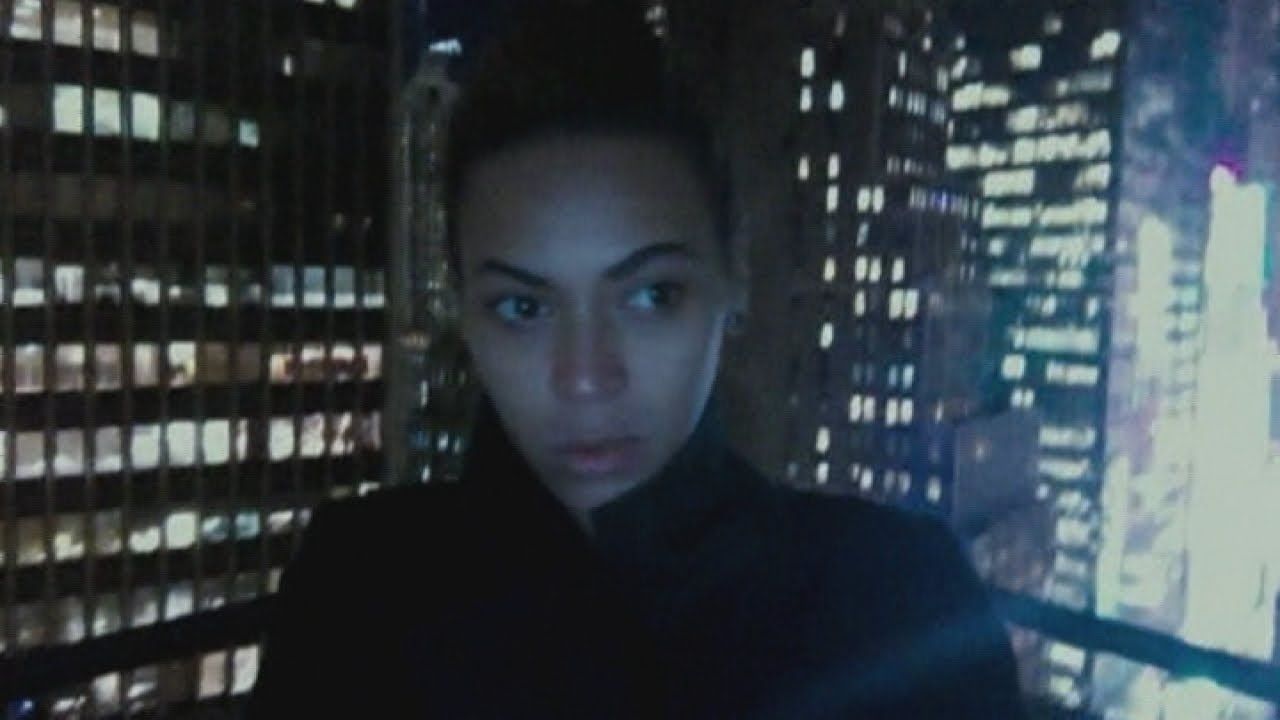
There’s no neat conclusion here, so I won’t bullshit one. But I was definitely already getting something out of these films pre-lockdown because I live with chronic illness, and I think that that’s why I was already thinking about them as documents of loneliness, longing, and boredom before this all started. While not all of the women I’ve mentioned have battled health issues, they, like me, were already seeing friends and loved ones less often than desired, were already making quarantine art, were already not really going for aimless walks down the street. So if sourdough starters and disaster movies aren’t really doing it for you, then perhaps these might instead. ●
Mononym Mythology is a newsletter about mostly pop divas and their (visual) antics. It’s totally free, but if you got something out of this instalment, consider buying me a coffee. The best way to support my work otherwise is by sharing it. You can subscribe here, and you can also find me on Twitter and Instagram.
